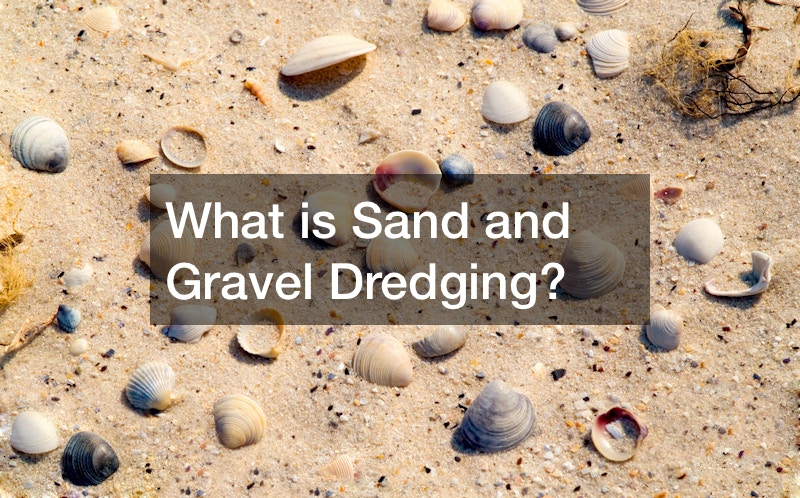Disclaimer: Quick Jobs. This site provides business content for informational purposes only.
Sand and gravel dredging is the process of extracting sand and gravel from bodies of water using specialized equipment known as dredges. This process plays a crucial role in various industries, including construction, landscaping, and infrastructure development.
Dredging typically involves large floating vessels equipped with powerful suction pumps or mechanical devices that scoop up the sediment from the bottom of lakes, rivers, or oceans. The extracted sand and gravel are then transported to land for further processing and use.
Gravel and sand dredging serve several purposes. In construction, these materials are essential for concrete production, road construction, and building foundations. They are also used in landscaping projects, such as creating beaches, filling trenches, and leveling land surfaces.
Furthermore, dredging is vital in maintaining navigable waterways and preventing sediment buildup that can hinder water flow and navigation. It helps to maintain adequate water depths for ships, boats, and barges, enabling efficient transportation of goods and promoting trade.
However, it’s important to note that gravel and sand dredging must be conducted responsibly and in compliance with environmental regulations. Proper measures are taken to minimize the impact on aquatic ecosystems, protect marine life, and mitigate potential adverse effects on water quality.
In summary, sand and gravel dredging is the process of extracting sediment from bodies of water for various industries. Manage the extraction process responsibly and adhere to environmental regulations to contribute to economic development while preserving the integrity of aquatic ecosystems.
.

